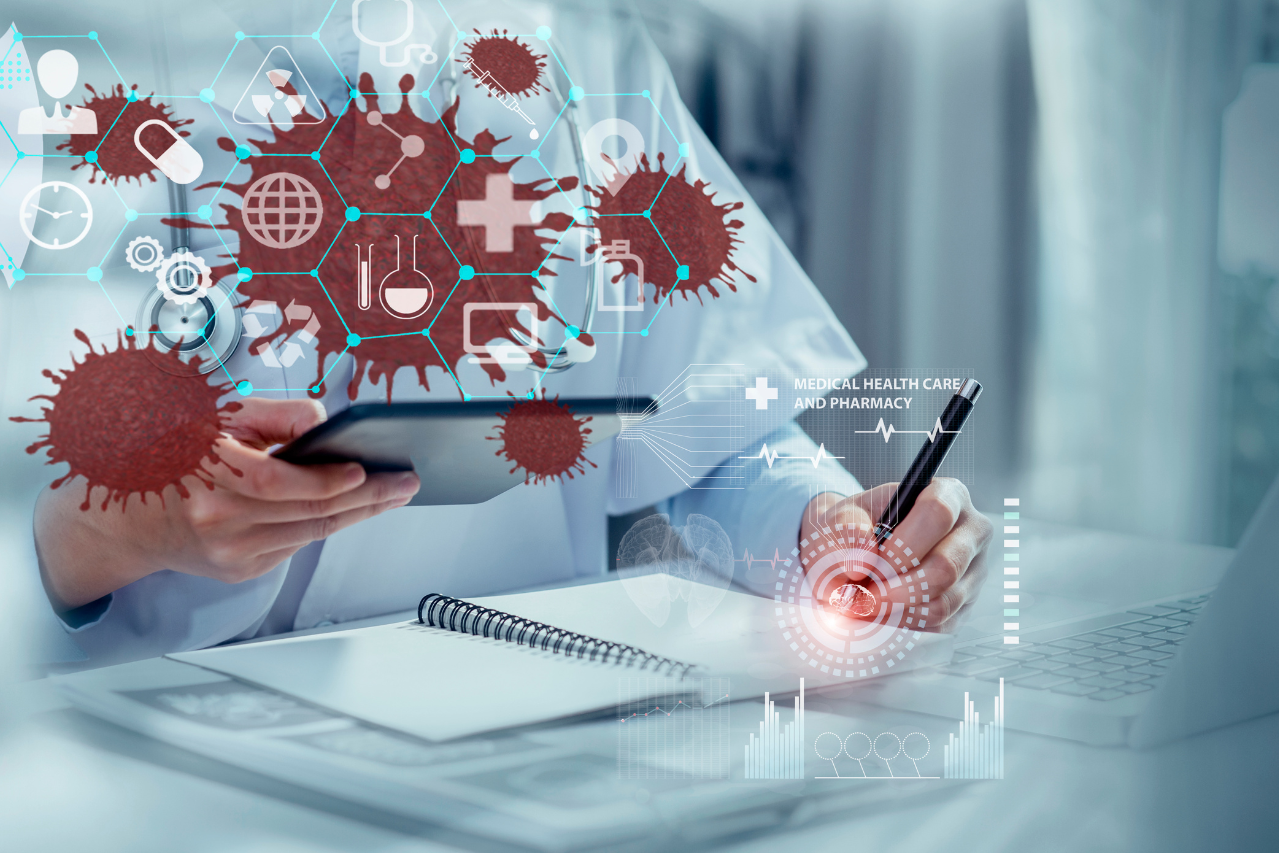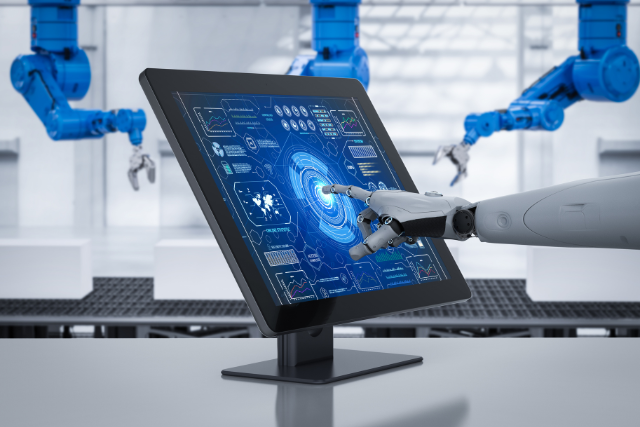The healthcare industry is rapidly growing, driven by the integration of cutting-edge technologies that are transforming the way medical professionals diagnose, treat, and monitor patients – AI is at the center of these changes, with advances occurring at lighting speed, or so it seems. Currently, most AI systems rely on user prompts to perform tasks like text generation, which means they aren’t acting independently.
However, the rise of agentic AI, or AI with decision-making autonomy, is set to transform this. By 2028, it is projected that 33% of enterprise software applications will incorporate agentic AI, a significant increase from less than 1% in 2024. This shift will enable autonomous decision-making for 15% of routine work tasks, reducing the need for human intervention and significantly increasing AI’s utility in various industries.
What is Agentic AI?
Agentic AI refers to a class of artificial intelligence systems designed to operate autonomously, making decisions and carrying out tasks in real-time without direct human oversight. This AI can dynamically interact with its environment, learn from feedback, and adjust its actions to achieve specified objectives. Unlike traditional AI that follows static programming or Generative AI that focuses on content creation, Agentic AI prioritizes goal-directed behavior and real-time problem-solving.
These AI systems are designed to interact with their environment, learn from it, and adjust their actions to achieve specific goals. Agentic AI typically includes characteristics such as:
- Autonomy: The AI can operate on its own, making decisions and taking actions in real-time based on its programming and data inputs.
- Goal-oriented behavior: The AI is designed to achieve specific outcomes or goals, adjusting its actions to optimize results.
- Learning and adaptation: Through machine learning, the AI can learn from its experiences or from new data and modify its behavior accordingly.
- Interactivity: Agentic AI systems can interact with humans or other systems, often using natural language or other interfaces
How Does Agentic AI Differ from Generative AI?
Agentic AI and Generative AI have distinct roles within healthcare, each serving different purposes. Agentic AI is deployed to automate tasks that require continuous real-time decision-making and goal optimization, reducing the burden on healthcare professionals. Autonomous surgical systems, for instance, can perform certain procedures under supervision, reducing fatigue and minimizing human error. Agentic AI is also key in autonomous monitoring tools, which help detect patient deterioration earlier than human clinicians might, improving patient outcomes.
In contrast, Generative AI focuses on creating new content from learned patterns. In healthcare, its applications are equally groundbreaking but different in scope. Generative AI models assist in drug discovery by generating potential molecular structures or synthesizing medical literature for researchers. They are also used in creating synthetic patient data that can be safely used in training AI systems without breaching patient privacy.
Keye Applications of Agentic AI
- AI in Diagnostics: Agentic AI systems are capable of autonomously analyzing radiology scans, lab results, and pathology reports to detect conditions like cancer, heart disease, and other ailments. Tools like Google’s DeepMind AI are being used to interpret complex eye scans, achieving 94% accuracy in diagnosing diseases such as diabetic retinopathy .
- Autonomous Robots: The da Vinci Surgical System represents a crucial application of Agentic AI in surgery. Although currently under human supervision, future iterations are expected to have more autonomous capabilities, such as making real-time adjustments to surgical procedures.
- **Real-Time Patient **: Wearable devices powered by Agentic AI, like those produced by Current Health, can monitor patient vitals and autonomously alert healthcare providers of anomalies, reducing the risk of late intervention in critical conditions .
- Hospital Logistics: Autonomous robots like the TUG system by Aethon are now a staple in many hospitals, delivering medications, lab samples, and supplies without human assistance. This reduces strain on healthcare staff, allowing them to focus on patient care.
A 2023 report from Markets and Markets predicts that the healthcare AI market, including Agentic AI, will grow to $102 billion by 2028, driven by the demand for more efficient, autonomous systems in patient care, diagnostics, and hospital management .
Agentic AI into healthcare is expected to accelerate, with projections indicating that over 50% of hospitals in developed countries will adopt AI-driven autonomous systems for diagnostics, surgery, and hospital management by 2030. As these technologies advance, they hold the potential to revolutionize healthcare delivery, making it more efficient, accurate, and accessible.




